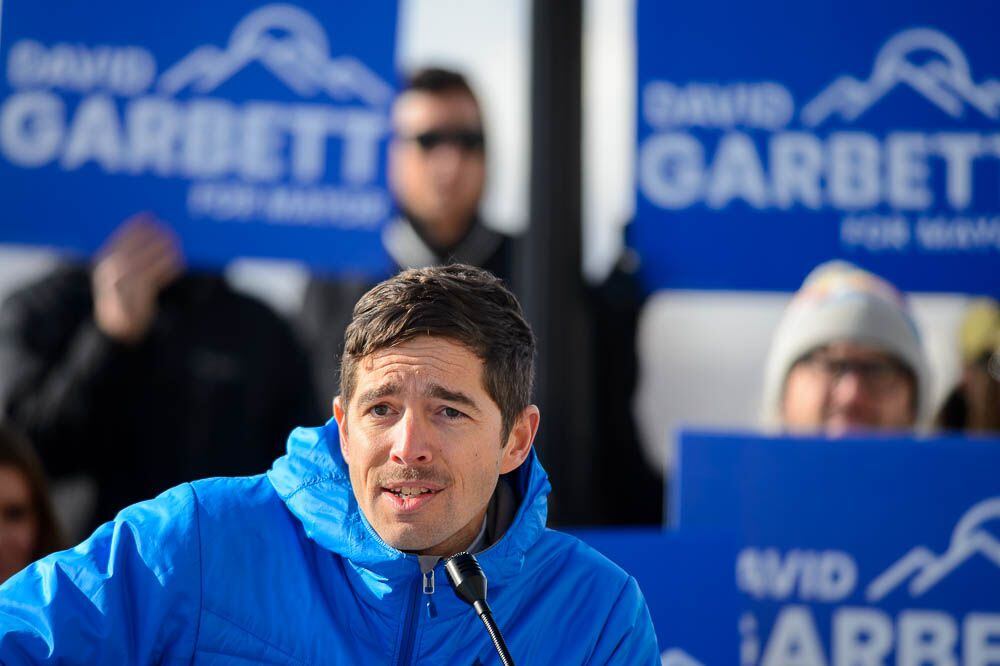I’m running for mayor of Salt Lake City because we need leadership to address our air quality problems.
Every year, my wife and I dread the arrival of our winter inversion season. We know that living here during those episodes of high pollution is terrible for our kids’ health (and ours).
Just this week, I met with a doctor from the University of Utah Hospital whose research recently found that for a pregnant woman, spending a week in a Utah inversion increases the risk of miscarriage more than using cocaine.
I know I’m not alone in these concerns. I have been to every neighborhood in this city. I have yet to find a place where residents didn’t care about the quality of the air. Worse, I have yet to find a neighborhood where people did not have personal stories of suffering and poor health because of our terrible air.
Unfortunately, I find that many people in our community have thrown in the towel. They no longer believe that we can do anything about this problem or that a mayor cannot make a difference.
I disagree.
Just because our state leadership has never given this problem the attention it deserves does not mean we can’t try.
It is true that Salt Lake City is likely too small to solve this problem on its own. We are a fraction of the population in our airshed. To fix this issue, we need to lead a broader coalition.
This is the first place for the next mayor to start: developing an actual plan to get to clean air in our Valley by 2026. I will have that coalition and plan by the end of my first year.
We need a plan because the state does not have one. Right now, our state’s “plan” for addressing our wintertime pollution problem involves ignoring or giving lip service to cars, furnaces and water heaters — which, in combination, cause most of the problem. Believe it or not, the one area the state does claim oversight authority — large polluting industries — is one where it actually allows pollution levels to grow!
We cannot wait for someone else to solve this problem—neither the feds nor the governor will rescue us.
Because we need to control our own destiny and reject the incrementalism of past state efforts, I am proposing a bold vision for addressing air quality issues.
This is why my plan includes working to move the refinery and power plant on the northern end of our city. This is why my plan includes forming a new wing of the City Attorney’s Office focused on litigating polluters.
And this is why my plan includes switching our electricity supply to 100 percent renewable energy in four years. Not only will that reduce our collective carbon footprint by half it will also save residents money. Rocky Mountain Power projects that such a switch could save up to $250 million over the next 20 years.
I’ve spent most of my career working on issues like this. I was an attorney with the Southern Utah Wilderness Alliance for 10 years. There, we used air quality arguments to help protect Desolation Canyon and the White River and to help overturn the infamous 77 leases.
Because I am new to politics, however, I have not spent years having my sights lowered sitting through mundane meetings or participating in the state’s broken system. I have a fresh perspective and a foundational belief that we can solve this problem.
I’m asking for your vote so together we can finally do something about air quality.

David Garbett worked as an attorney with the Southern Utah Wilderness Alliance, was the executive director of the Pioneer Park Coalition and helped found an educational nonprofit.















